
As one of the world's largest consumer electronics events, CES is a key indicator of technological innovation. The 2025 CES has drawn significant attention, with the automotive sector emerging as the focal point. This is due to automobiles integrating advanced technologies like electrification, intelligence, and connectivity, which are closely tied to daily life and have the potential to reshape travel and lifestyle.
At CES 2025, major automakers showcased significant advancements. Established brands like BMW, Toyota, Honda, and Hyundai, with decades of experience and strong technological reserves, are leading the way in intelligent transformation. New entrants such as Xpeng, Zeekr, and Faraday Future are making strides in niche areas like smart cockpits and autonomous driving through innovative approaches.
Intelligent cockpits and autonomous driving are rapidly transforming our travel methods and revolutionizing driving and riding experiences.
To launch the newest intelligent cabin
At CES 2025, BMW unveiled its new vehicle infotainment system, the Panoramic iDrive. A key feature is the Horizon Panoramic Display, which spans about 80% of the width at the bottom of the windshield. Using ultra-close projection technology, it replaces the traditional instrument cluster by projecting information onto the lower part of the windshield, offering nearly three times more display space. Key driving data like speed and range are shown on the driver's side, while customizable content such as navigation, multimedia, and vehicle status can be displayed in the central and passenger-side areas.
The newly designed 3D head-up display enhances intuitiveness of driving information by projecting key data like navigation and autonomous driving status in a 3D format onto a virtual image plane about 2 to 3 meters from the driver. This improves clarity and increases the driver's recognition speed of key information by approximately 25%.

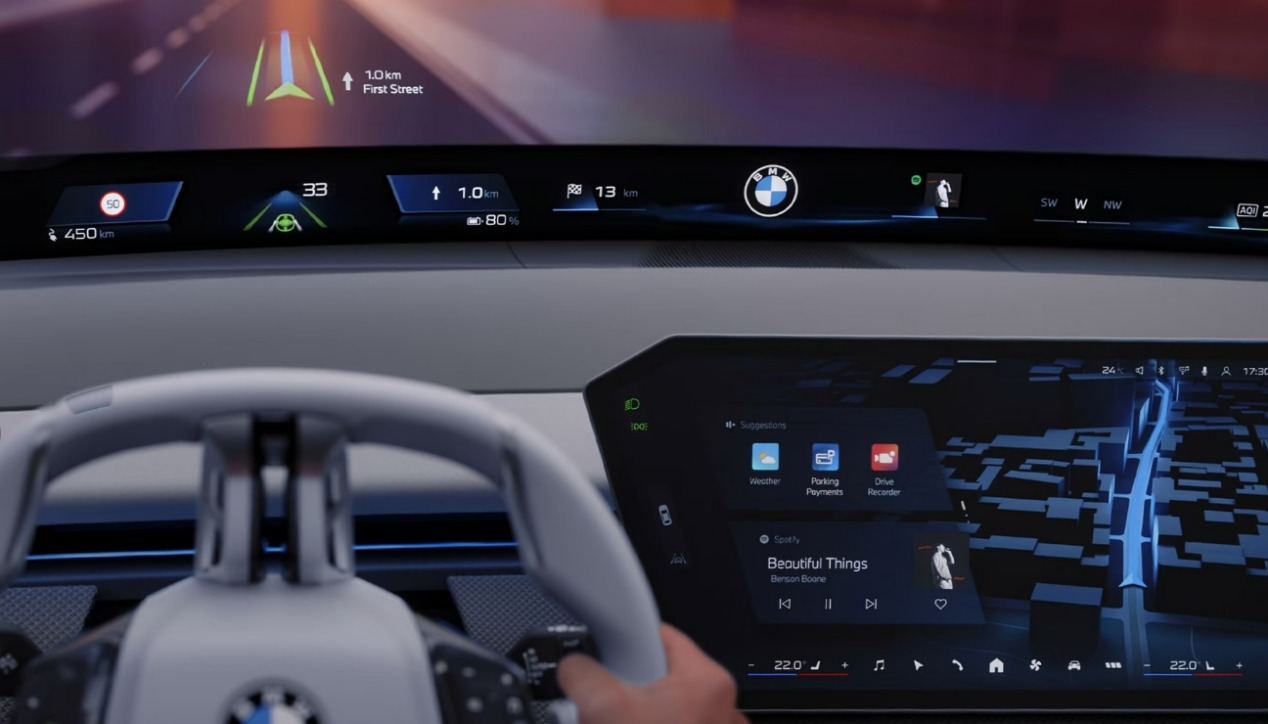
The system's average response time for gesture control and voice interaction is under 0.5 seconds, greatly enhancing interaction convenience. Simple gestures adjust the volume and switch display content. Voice commands enable functions like navigation settings and vehicle adjustments. For instance, the system plans an optimal route within 1-2 seconds after receiving a voice command for navigation.
Sony Honda has launched the AFEELA 1 model, combining their technical expertise. The AFEELA 1 uses the Unreal Engine to monitor and simulate the surrounding environment, introducing real-time rendering and realistic scene construction from gaming into autonomous driving. Drivers experience ultra-realistic road conditions and vehicle dynamics on the in-car screen, enhancing immersion and helping them intuitively understand the system's decision-making process, thereby increasing trust in the technology.
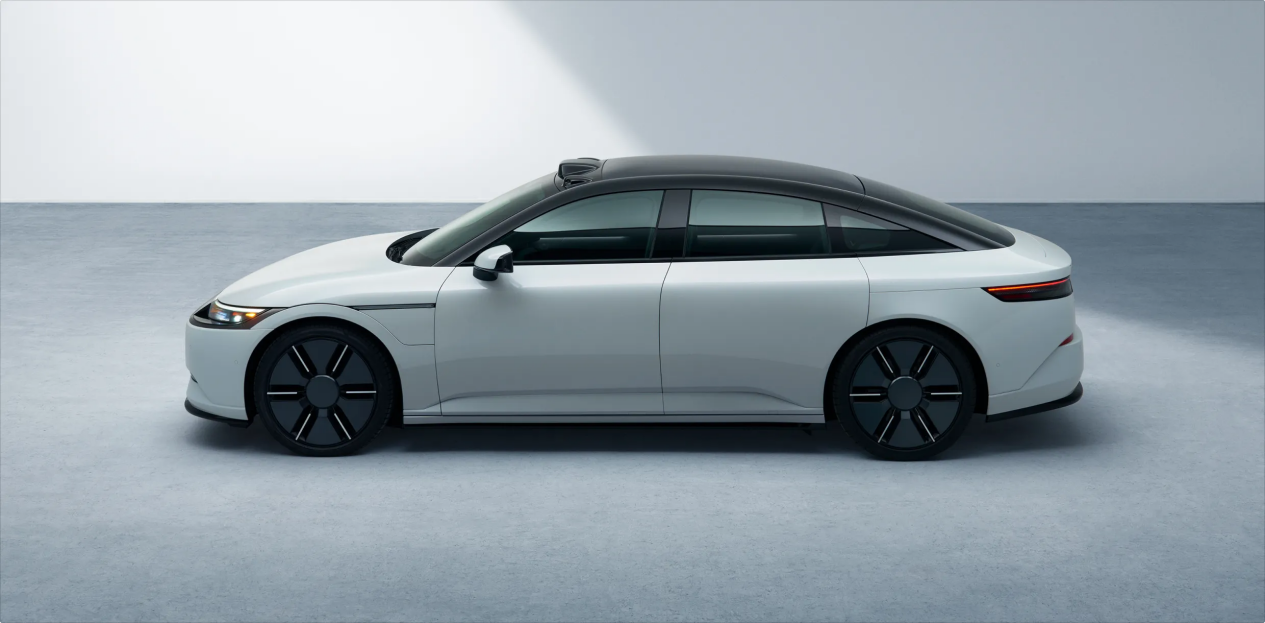
AFEELA 1 features Microsoft's AI voice technology for natural user interactions. It recommends anime, movies, and music based on passenger preferences and provides timely vehicle maintenance suggestions. This multi-domain integration paves a new path for autonomous vehicle development. AFEELA 1 also supports future functional expansion. Sony plans to build an ecosystem around AFEELA, attracting global developers to create customized applications and services.
Higher level auto-driving
In the field of intelligent driving, all the companies has started to show its core competition.
Bosch has upgraded its sensor fusion technology, enhancing road scene and obstacle recognition accuracy through optimized multi-sensor data processing algorithms. This improvement ensures precise environmental perception even in complex road conditions. It significantly boosts the response speed and accuracy of the automatic emergency braking system, enabling quicker collision avoidance. Additionally, it enhances adaptive cruise control, allowing vehicles to adjust speed more intelligently based on the preceding vehicle's speed and distance.
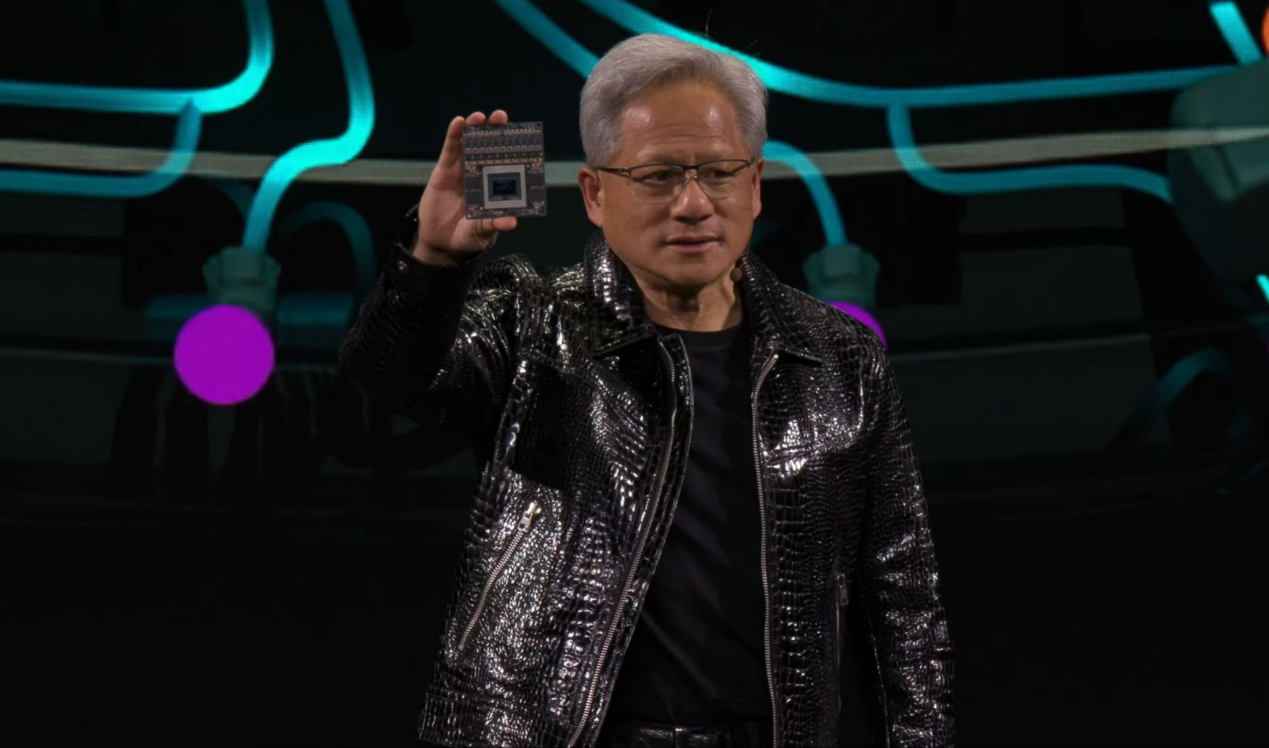
 Nvidia has unveiled the high-performance Thor chip for autonomous driving, boasting 2000 TOPS of computing power. This advanced chip supports L4 and higher levels of autonomous driving by efficiently handling complex tasks like real-time perception, path planning, and decision control.
Nvidia has unveiled the high-performance Thor chip for autonomous driving, boasting 2000 TOPS of computing power. This advanced chip supports L4 and higher levels of autonomous driving by efficiently handling complex tasks like real-time perception, path planning, and decision control.
Modern Automobile showcased a concept car with an advanced intelligent driving system at CES. This car can perform highly automated driving tasks, including automatic lane changes and intelligent navigation through complex urban intersections.
Lidar, the "eyes" of autonomous driving, has achieved a breakthrough in perception accuracy. At CES 2025, Hesai Technology and RoboSense unveiled new products that increased resolution to "thousands of lines." This improvement allows for stable identification of the surrounding environment, provides richer information for intelligent driving systems, and ensures accurate environmental recognition.

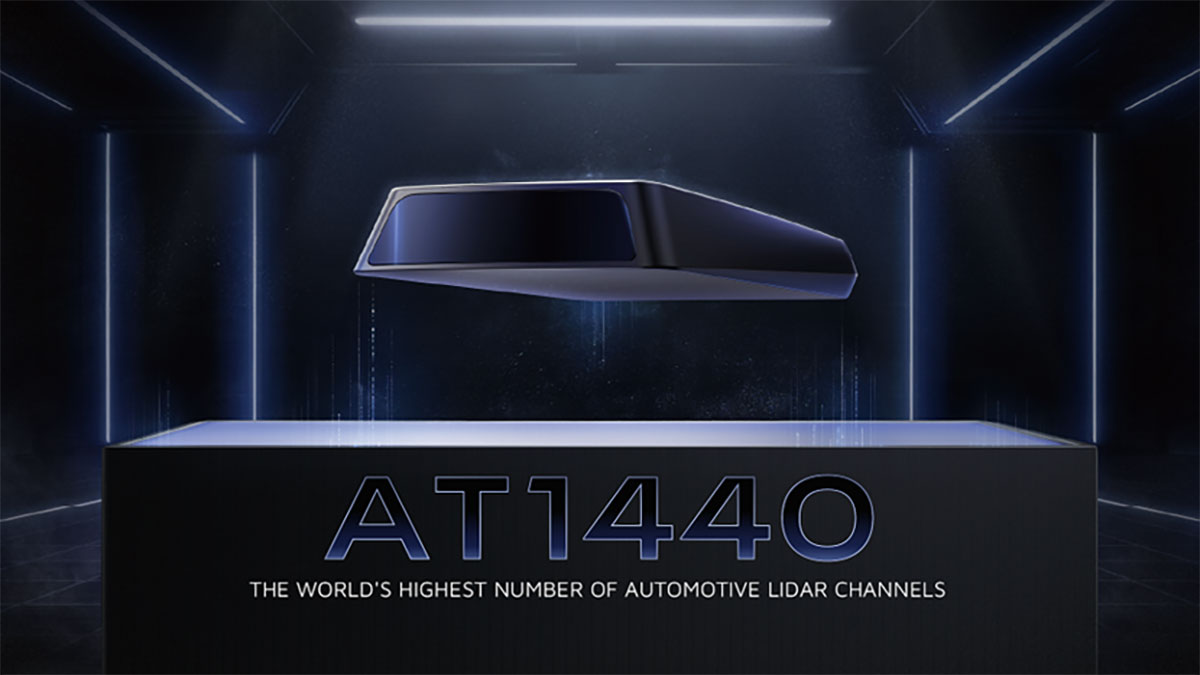
These new lidar products will enhance environmental perception accuracy for self-driving vehicles, enabling multi-lidar collaboration, complementary views, and cross-validation. Importantly, the system can still operate safely with single-point failures, ensuring reliability and supporting the commercialization of high-level autonomous driving.
Great Wall and Zeekr, among vehicle manufacturers, simultaneously released their autonomous driving solutions. Great Wall's new Lanshan model under the WEY brand features the Coffee Pilot Ultra system, which is built on the Orin-X computing platform and equipped with 27 sensors. This enables map-free full-scenario NOA (Navigation Assisted Driving) and leverages an end-to-end AI solution optimized by deep learning, allowing the system to make decisions like experienced human drivers and respond promptly to unexpected situations.
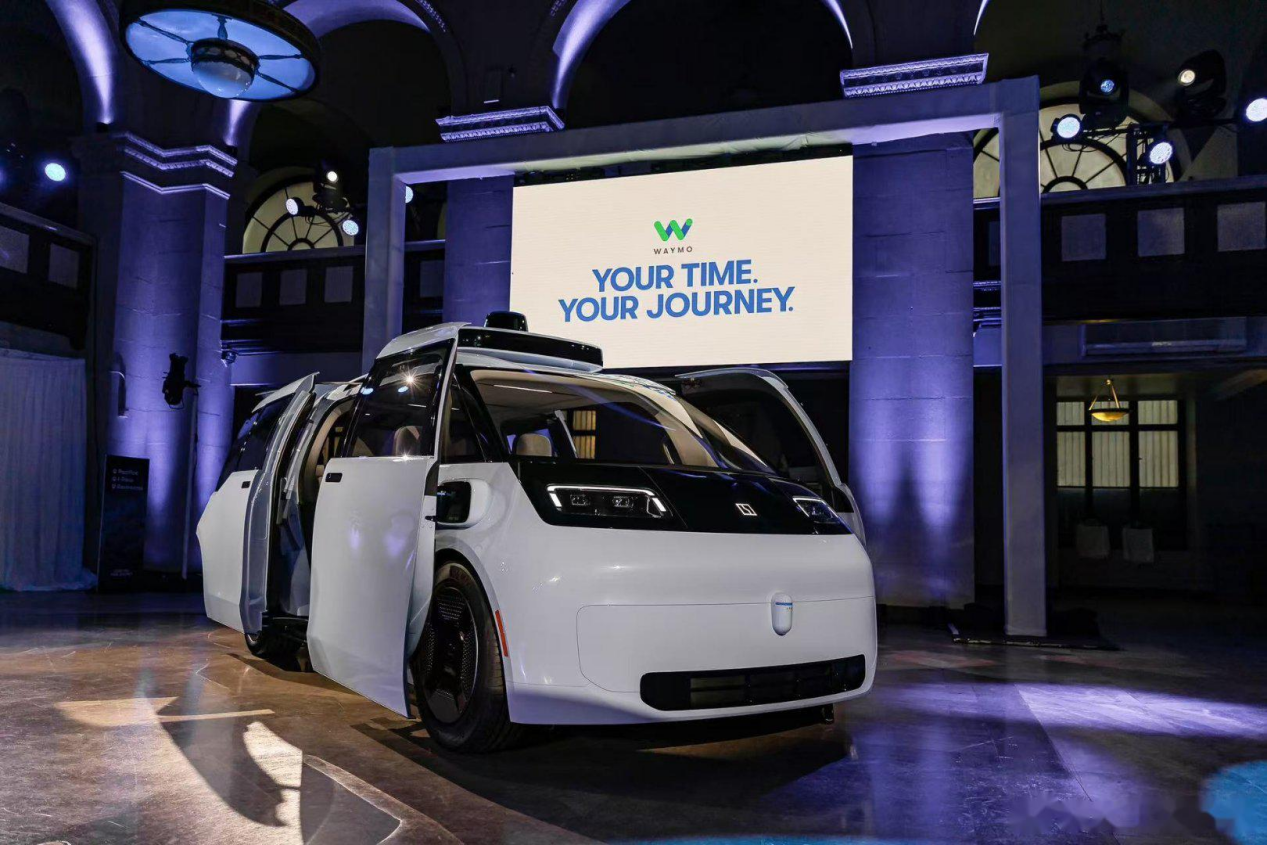
At CES 2025, Zeekr unveiled the Zeekr RT in collaboration with Waymo. As the world's first native driverless vehicle, it has garnered significant attention. Built on the Zeekr SEA-M architecture, it is designed for future autonomous travel. Large-scale deliveries will begin in 2025, with commercial operations launching in North America.
At CES 2023, AI systems and end-to-end large models emerged as key focuses. Automotive companies successfully integrated these technologies into vehicles, with many launching AI-powered products. The advancements shown at CES 2024 indicate that these technologies will soon be incorporated into more products. CITIC Securities Research expects smart cars, a crucial application of AI, to see significant commercial growth and breakthroughs.
In the implementation of intelligent technologies, technological breakthroughs are facing bottlenecks. For example, the decision-making accuracy of autonomous driving in complex environments and the stability of intelligent cockpit systems require optimization. Additionally, urgent attention is needed to improve laws and regulations, enhance consumer acceptance, and ensure data security. These challenges also indicate the direction of automotive industry development.

 Room 1104,Block B,JingBan Building,6 Middle Beisanhuan Road,Xicheng District,Beijing
Room 1104,Block B,JingBan Building,6 Middle Beisanhuan Road,Xicheng District,Beijing
 (8610)62383600
(8610)62383600
 quanqixiang@carresearch.cn
quanqixiang@carresearch.cn
 京公网安备:11010202007638号|京ICP备17032593号-2|Report illegal and bad information:010-65993545-8019 jubao@carresearch.com
京公网安备:11010202007638号|京ICP备17032593号-2|Report illegal and bad information:010-65993545-8019 jubao@carresearch.com
Legal support:Beijing Yingke Law Firm|All rights reserved, DO NOT reproduce without permission